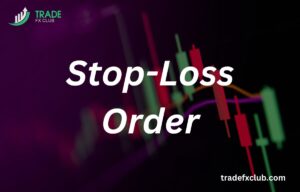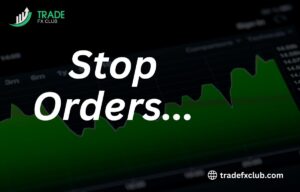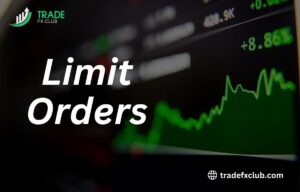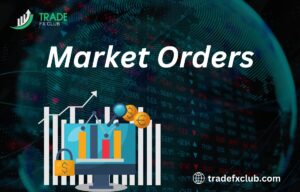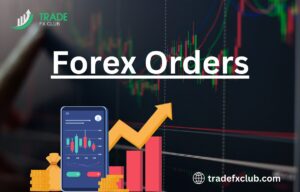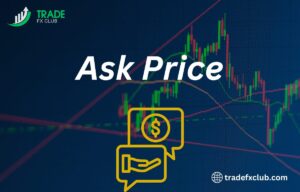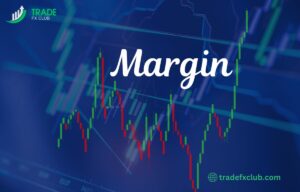Commodities trading involves buying and selling physical goods or natural resources, such as:
- Agricultural products (e.g., corn, wheat, soybeans)
- Energy resources (e.g., crude oil, natural gas, gasoline)
- Metals (e.g., gold, silver, copper)
- Livestock (e.g., cattle, pigs, chickens)
- Soft commodities (e.g., coffee, sugar, cocoa)
These goods are traded on commodities exchanges, such as the Chicago Mercantile Exchange (CME) or the Intercontinental Exchange (ICE), through various instruments like:
- Futures contracts
- Options contracts
- Spot prices
- Forward contracts

Commodities trading allows:
- Producers to hedge against price risks
- Consumers to secure supply and manage costs
- Investors to speculate on price movements
- Traders to profit from market fluctuations
Commodities trading offers benefits like:
- Diversification
- Risk management
- Potential for high returns
- Market liquidity
However, it also involves risks like:
- Market volatility
- Price fluctuations
- Supply and demand imbalances
- Regulatory changes
To succeed in commodities trading, one needs to stay informed about market trends, geopolitical events, and fundamental analysis.n a competitive edge in the Forex market.

